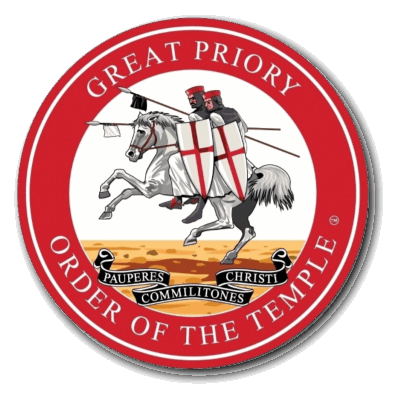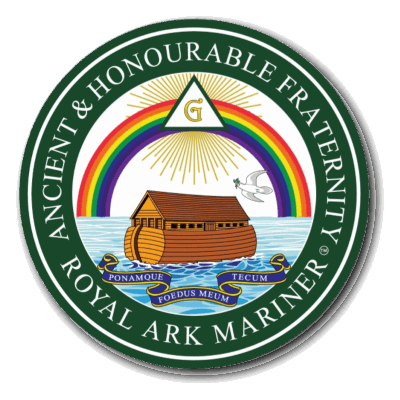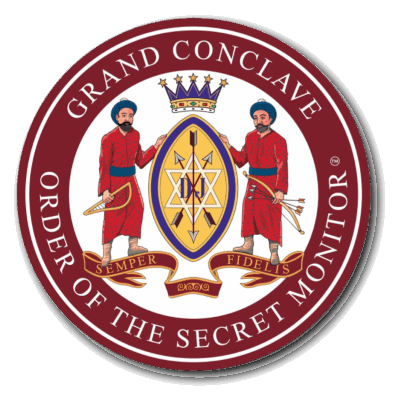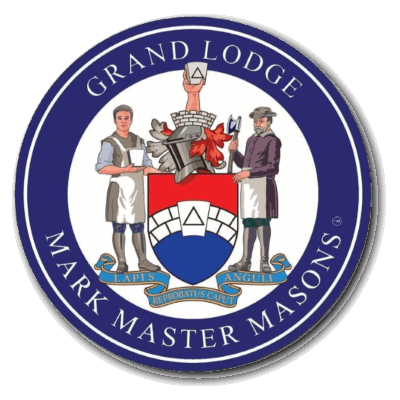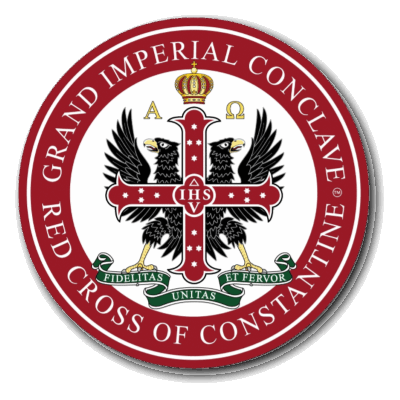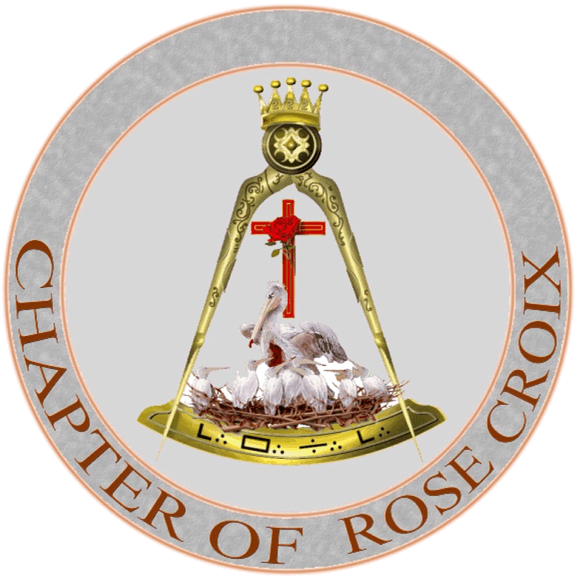On the 7th of October 1875, members of the lodge had their first opportunity to discuss matters relating to the formation of a District Grand Lodge. It is evident that a full discussion took place, and it was eventually resolved that:
In the opinion of the Lodge, it is highly expedient that the Grand Lodge of England, under which the Lodge holds its warrant, should be respectfully requested by a letter under the hand of the Worshipful Master and Wardens to release the Richard Giddy Lodge from its allegiance to the District Grand Lodge of South Africa.
In the opinion of the Lodge, the time has arrived when, in the interest of Freemasonry, a District Grand Lodge should be established for the Northern Provinces of South Africa, comprising the province of Griqualand West, the Orange Free State, the South African Republic, and the Colony of Natal, as well as the Divisions of Hope Town and Colesberg in the Colony of the Cape of Good Hope.
In the opinion of the Lodge, the appointment of Brother the Honourable Richard William Hoskins Giddy, 33rd degree, P.M. Lodge Zetland 608 and Cosmopolitan 1409, Treasurer General of the Province of Griqualand West, as District Grand Master of the Northern Provinces of Southern Africa would be highly conducive to the interest of the Craft.
A letter was subsequently received on 7th September 1876, giving details of the formation of a new Griqualand West Division, with Wor. Bro. Richard Giddy appointed as the District Grand Master. The new District Grand Lodge immediately began its duties and requested that all lodge books be forwarded for inspection. At a later date, they were returned with numerous errors, and corrections were requested. Notice was received at a meeting on 1st March 1883 that Right Wor. Bro. Giddy had resigned and that no successor had been appointed. All lodges were advised to submit returns and correspondence directly to the Grand Secretary in London.
Right Worshipful Brother Richard Giddy passed away in October 1886.
In July 1895, it was reported that 7 out of 8 lodges in the Central areas had given their consent to the request for the formation of a “New Griqualand West and Bechuanaland District.” At the last meeting in the same year, a letter was received stating that Wor. Bro. Richard Miles Roberts, the founding Master of the lodge, had been appointed as the District Grand Master for Central South Africa, comprising the District of Griqualand West and the Protectorate of Bechuanaland.
The Grand Lodge Officers of the District Grand Lodge of Central Division for 2025 are a distinguished group of Freemasons dedicated to upholding the traditions and principles of Freemasonry while fostering growth and unity within the Central Division. Committed to excellence, they lead with integrity, guiding lodges in their masonic work, community outreach, and the promotion of brotherly love, relief, and truth. Together, they ensure that the values of Freemasonry continue to flourish in 2025 and beyond.
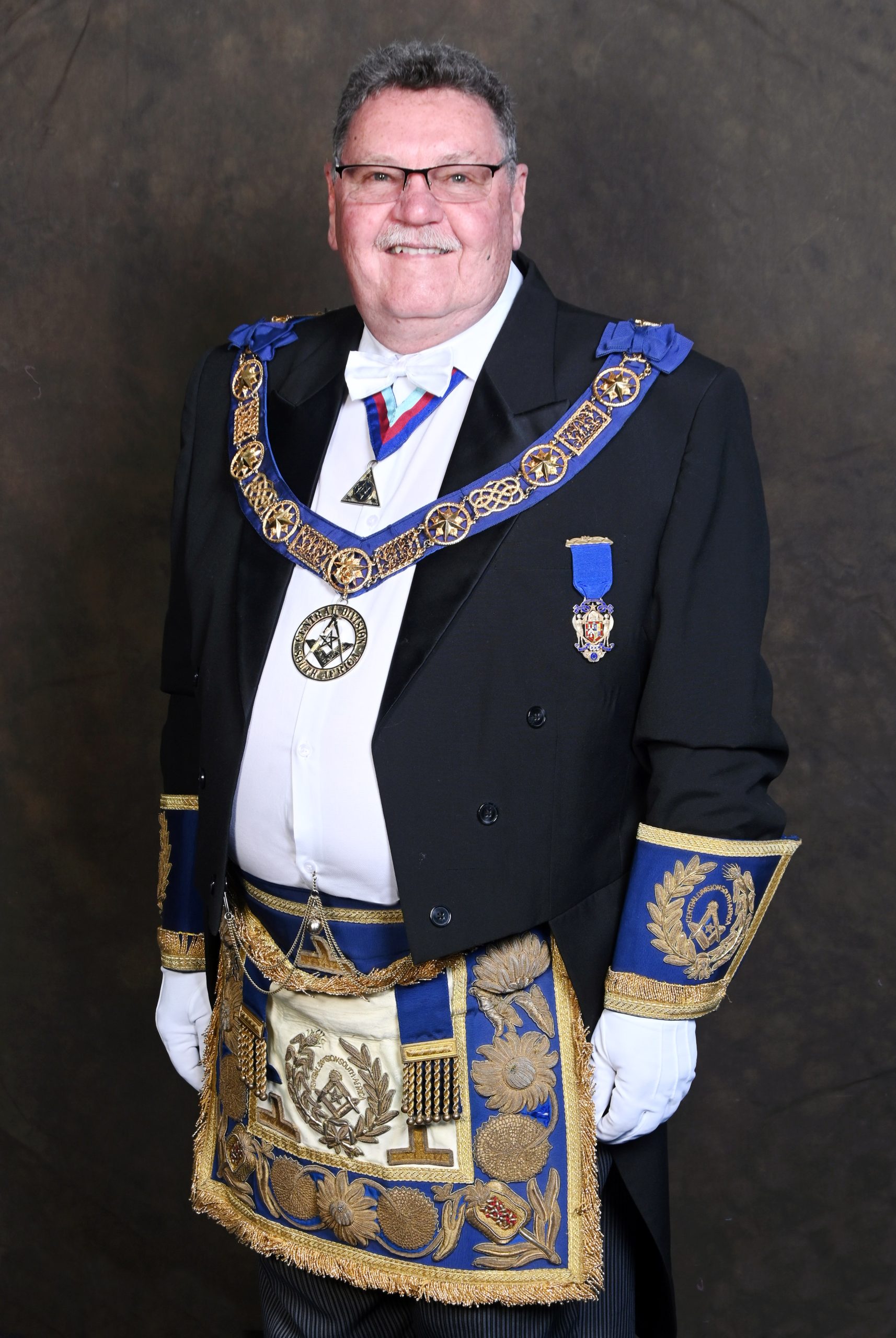
Right Worshipful Brother PJF Louw
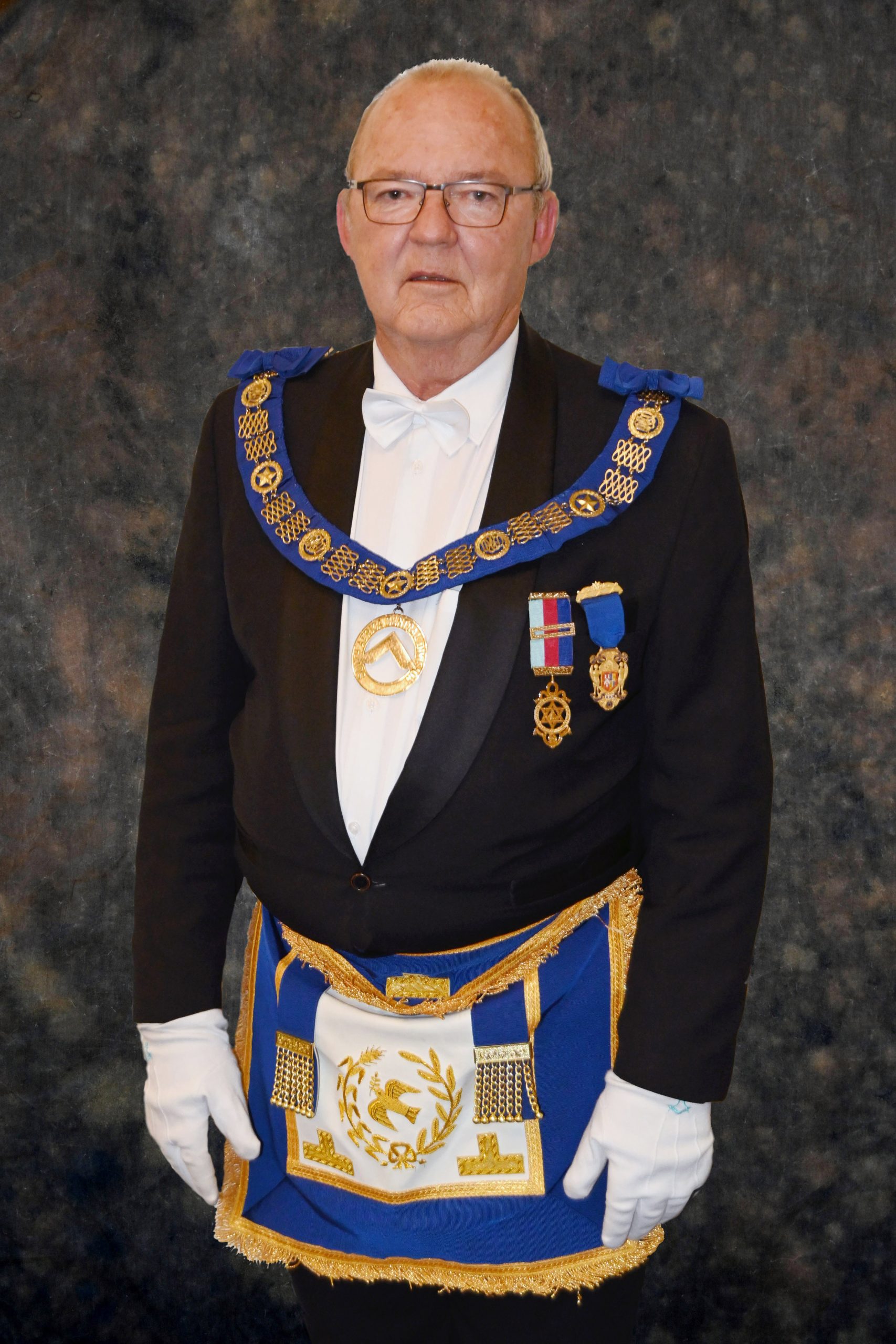
Worshipful Brother JP Marais
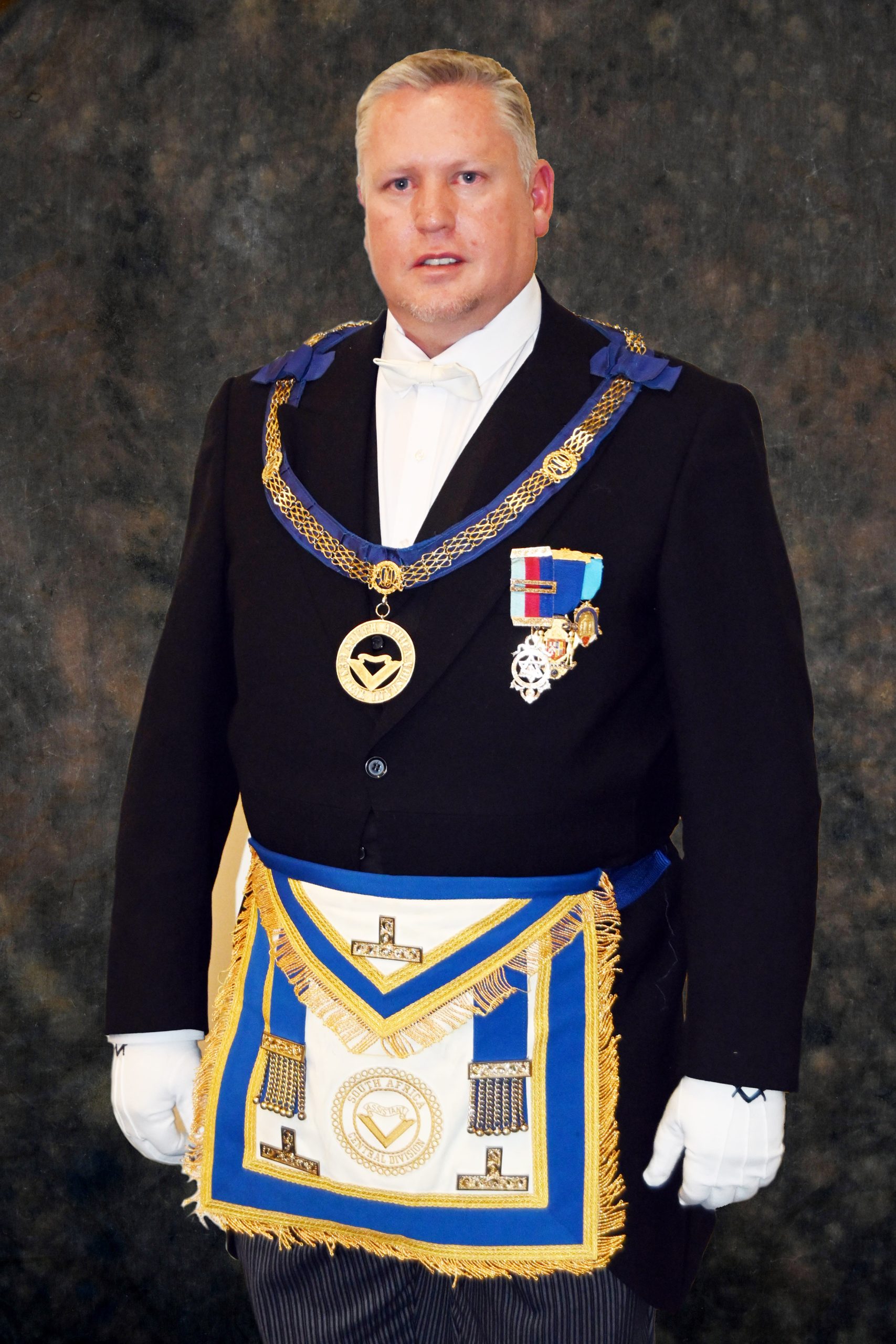
Worshipful Brother HL Slabbert
Since its inception, the Richard Giddy Lodge has significantly contributed to the affairs of the District Grand Lodge. Notably, four of its members have served as District Grand Masters of the Central Division:
Deputy District Grand Masters from the Lodge were also appointed in the following years:
Grand Lodge rank has been awarded to several members an those living at the date of the centenary celebrations are as follows:
This legacy reflects the enduring contributions of the Richard Giddy Lodge to the growth and governance of Freemasonry in the region.
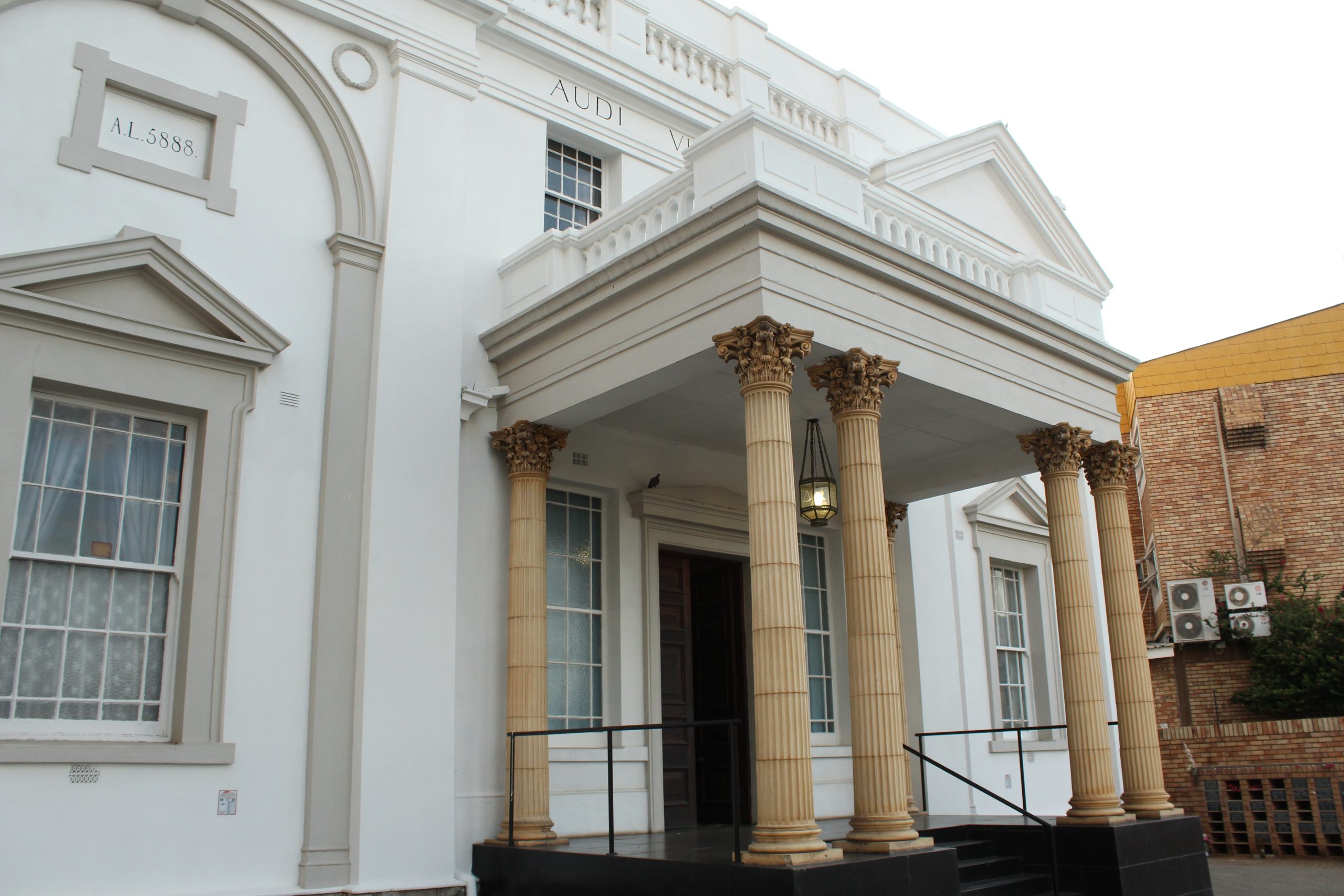
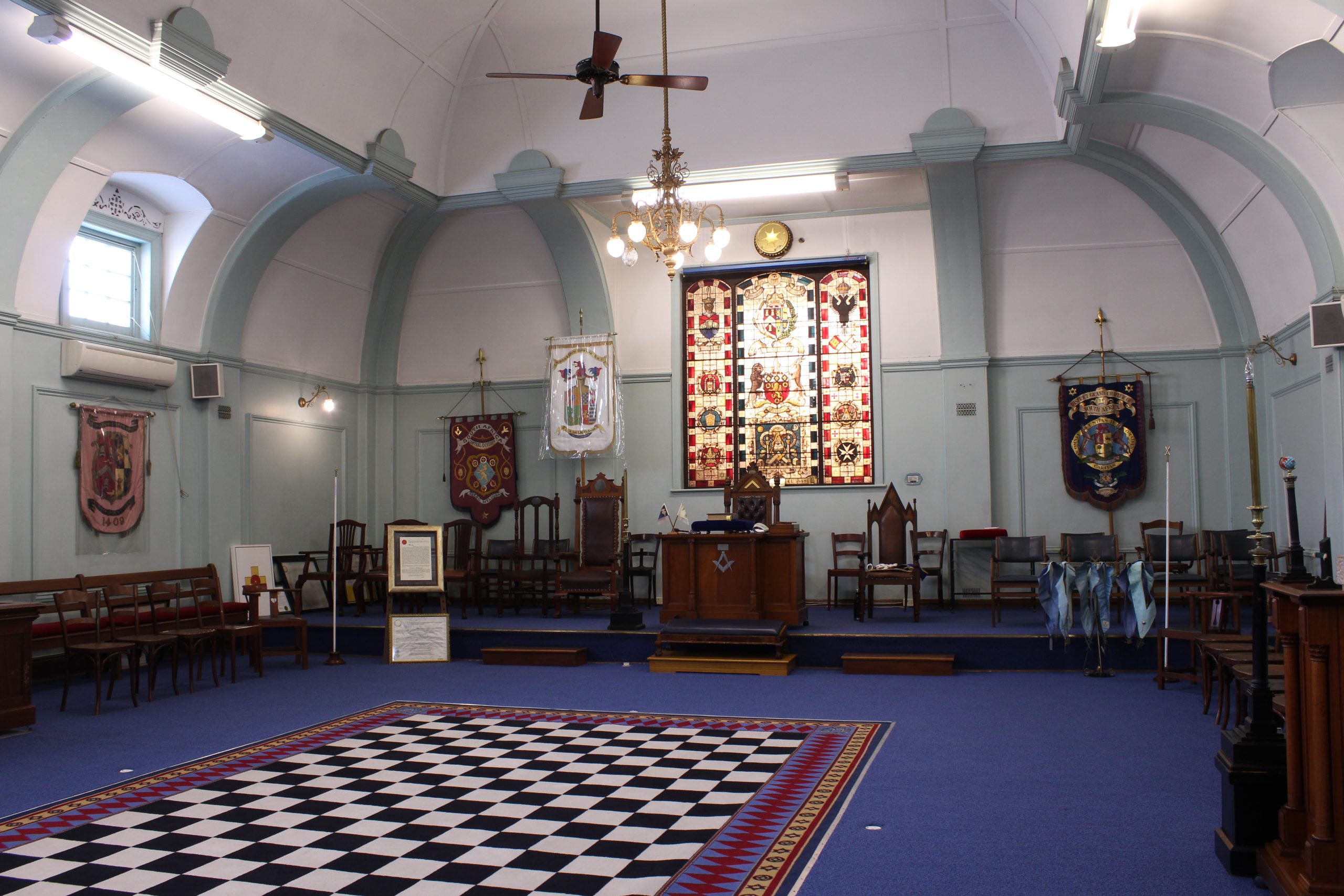
The Royal Arch is a significant and revered degree within Freemasonry, often considered the completion of the Master Mason’s journey. It is the first order a Master Mason can join after completing the three Craft Degrees, offering deeper insights into the symbolism and teachings of Freemasonry. The Royal Arch explores themes of loss, discovery, and restoration, focusing on the rediscovery of hidden wisdom and the importance of divine truth. This degree is often described as the “root and marrow” of Freemasonry, as it provides a profound understanding of the Craft’s spiritual and philosophical foundations. Membership in the Royal Arch is open to Master Masons who seek to further their Masonic knowledge and experience.
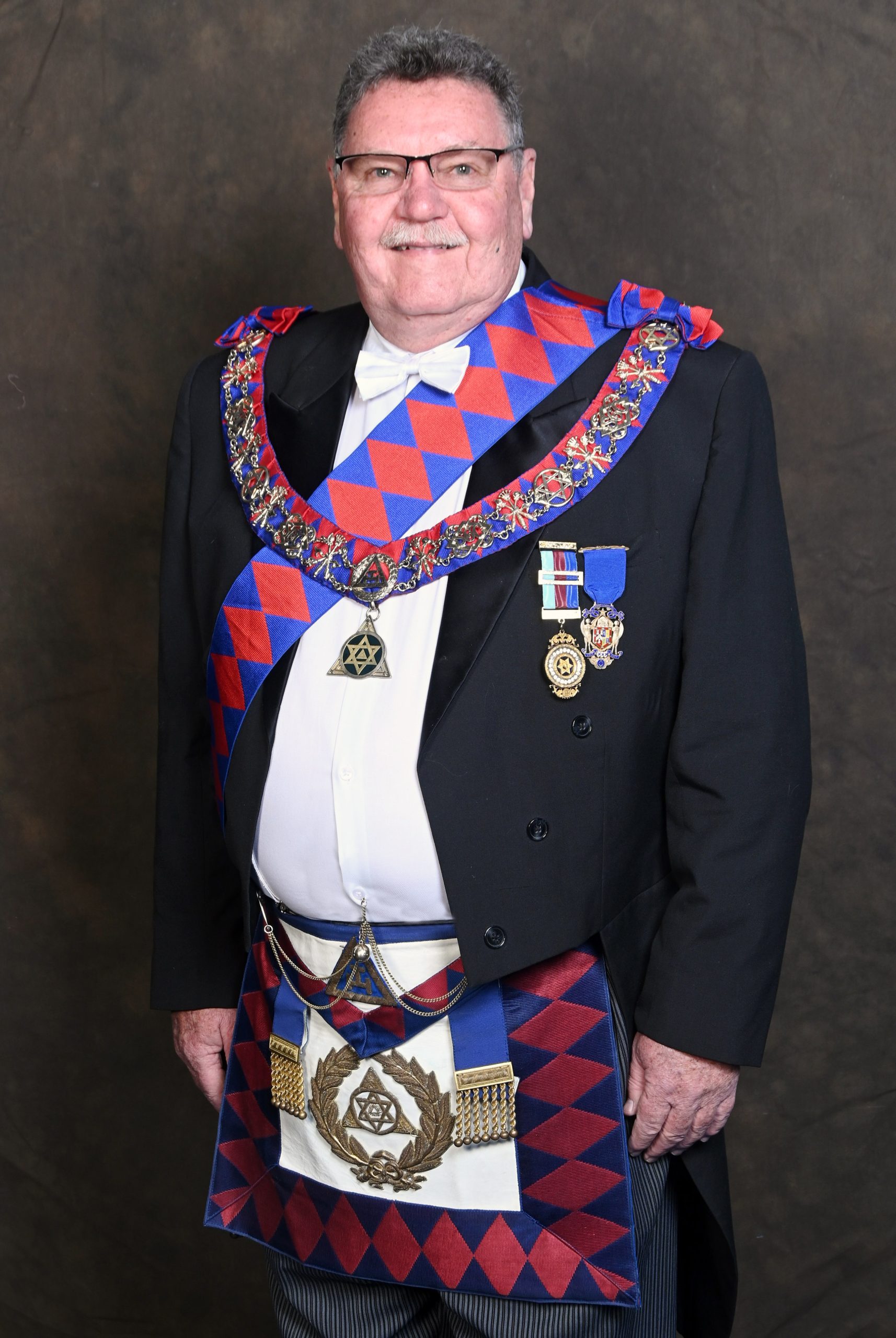
Excellent Companion PJF Louw
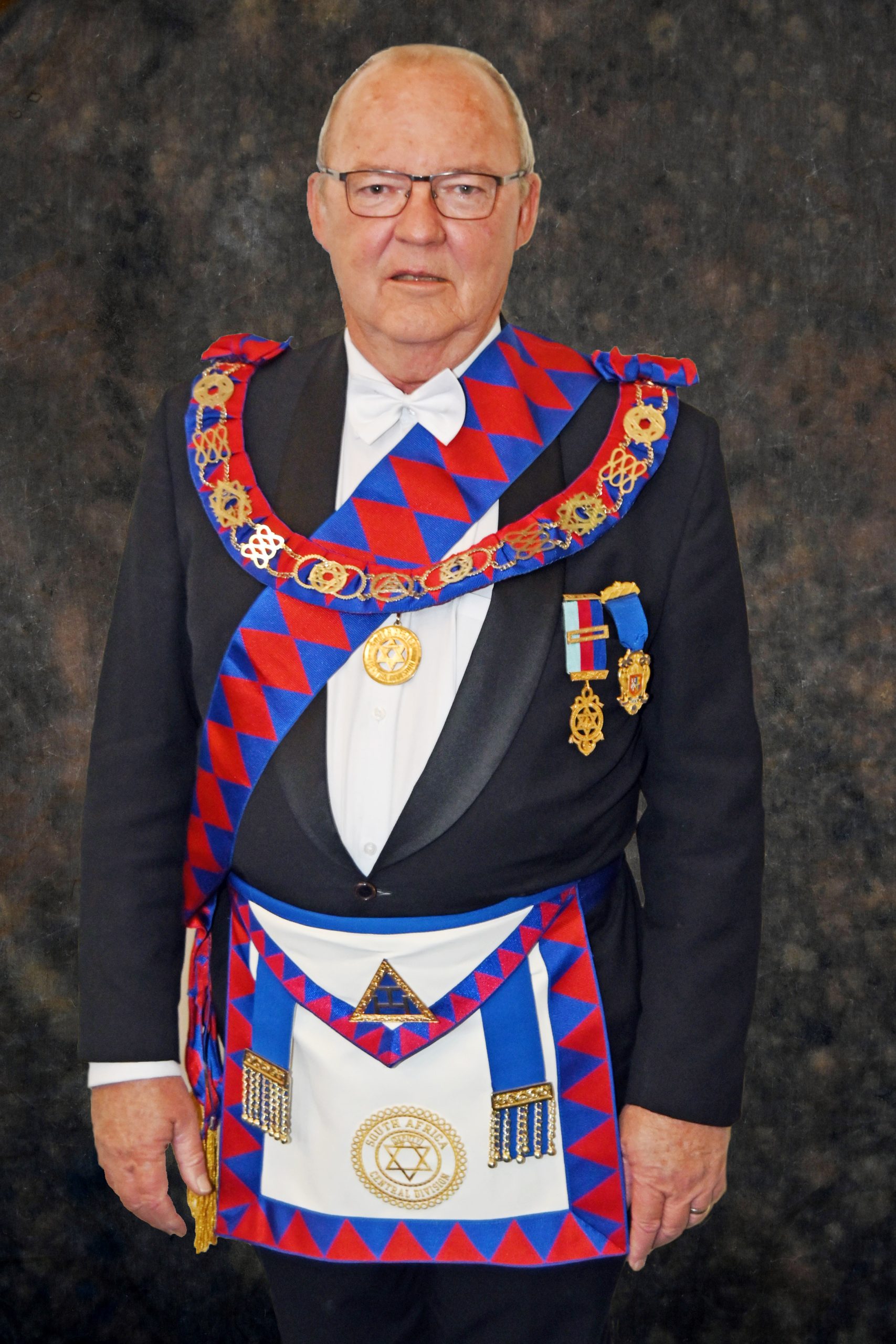
E.Comp H Marais
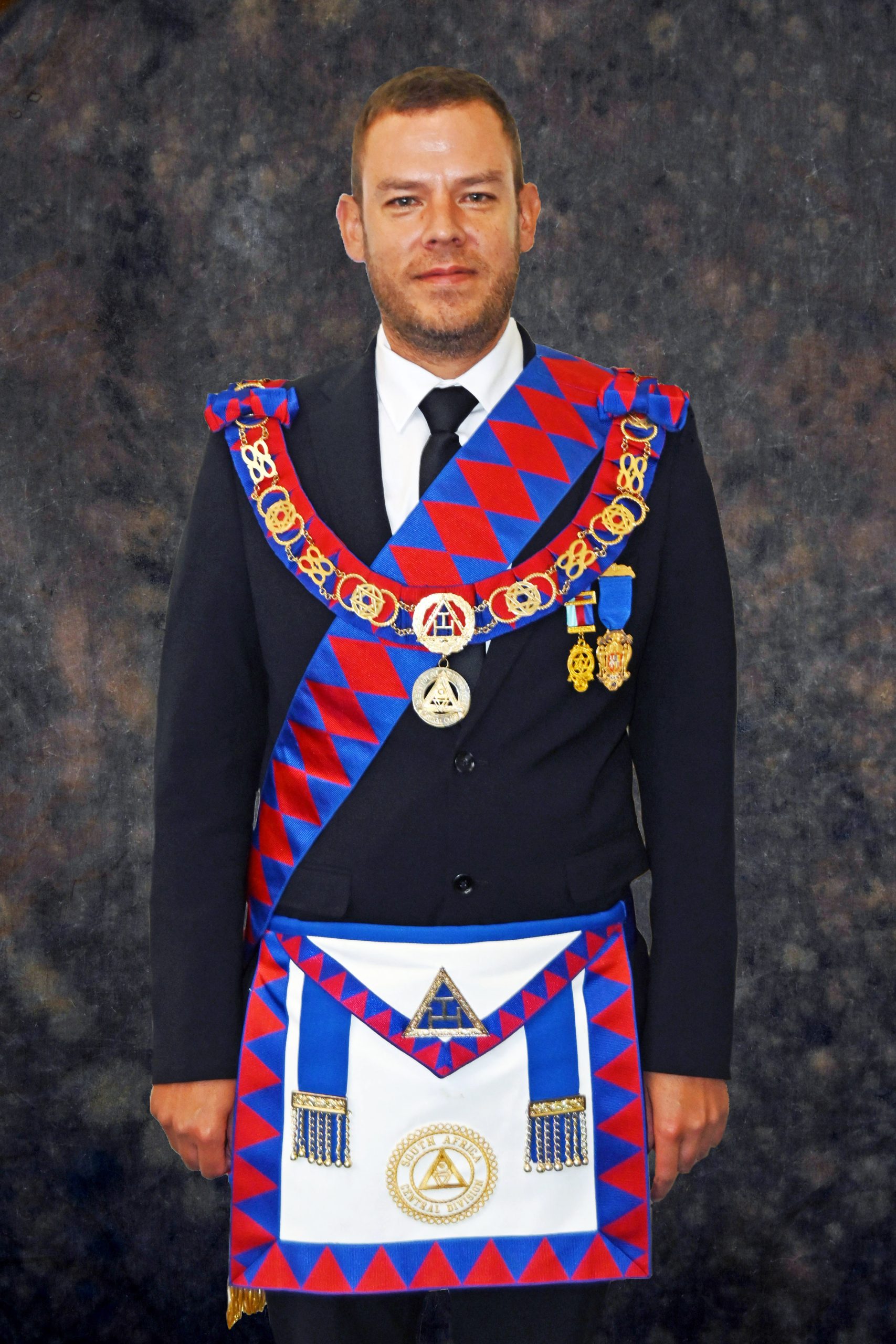
E.Comp P Kruger
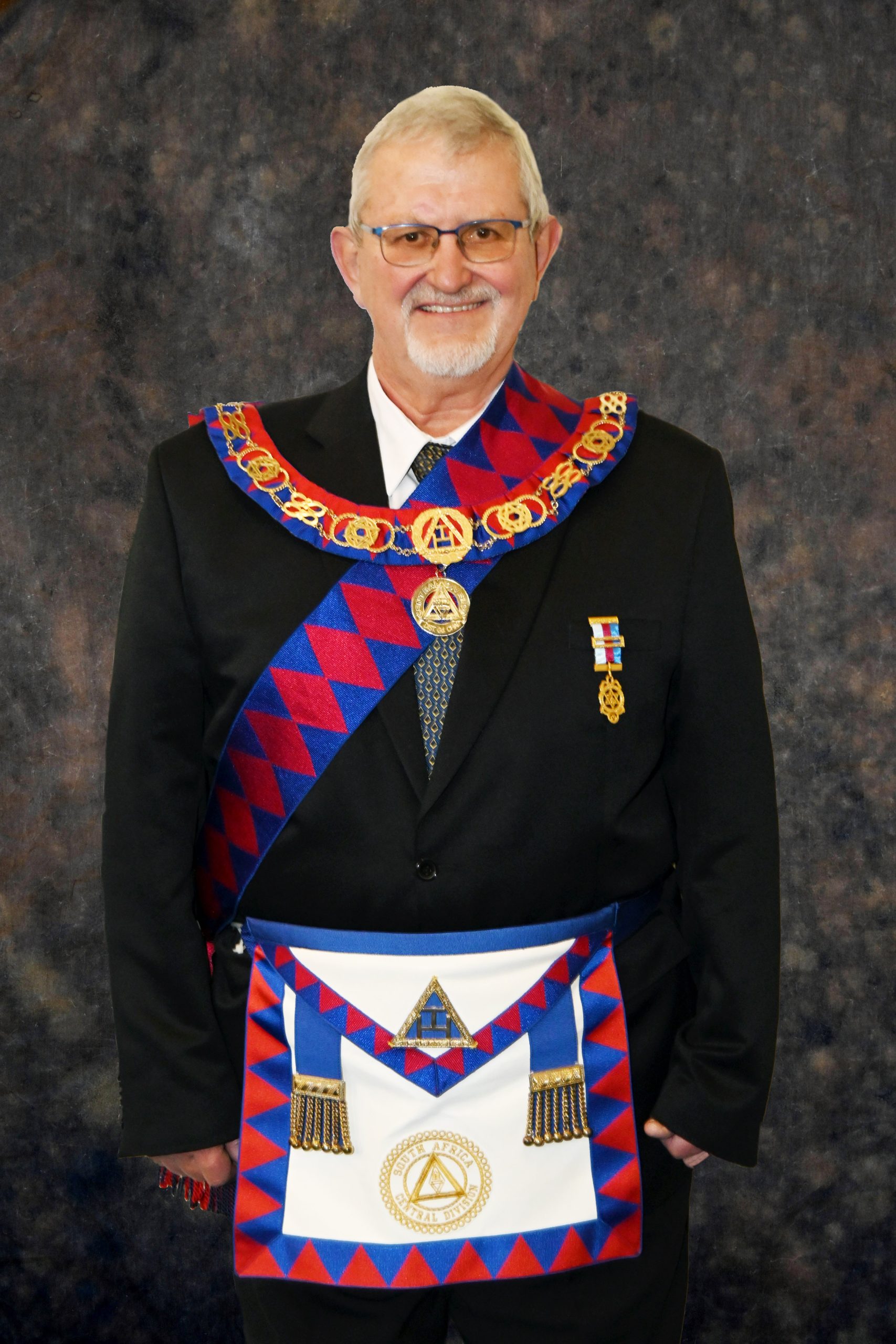
Saturday 17 May 2025, the District held it’s 127th Annual District Communications, and the 114th Annual District Convocation. The meetings were very well supported by our own members, but also visitors from all over South Africa and across Constitutions.
For the first time in many years, all active District Officers were present at the Craft meeting, a sign which must bode well for Central Division.
The Grand Superintendent appointed the following members to the RA executive:
Congratulations to all reappointed and newly appointed District officers. All the best for the year ahead.
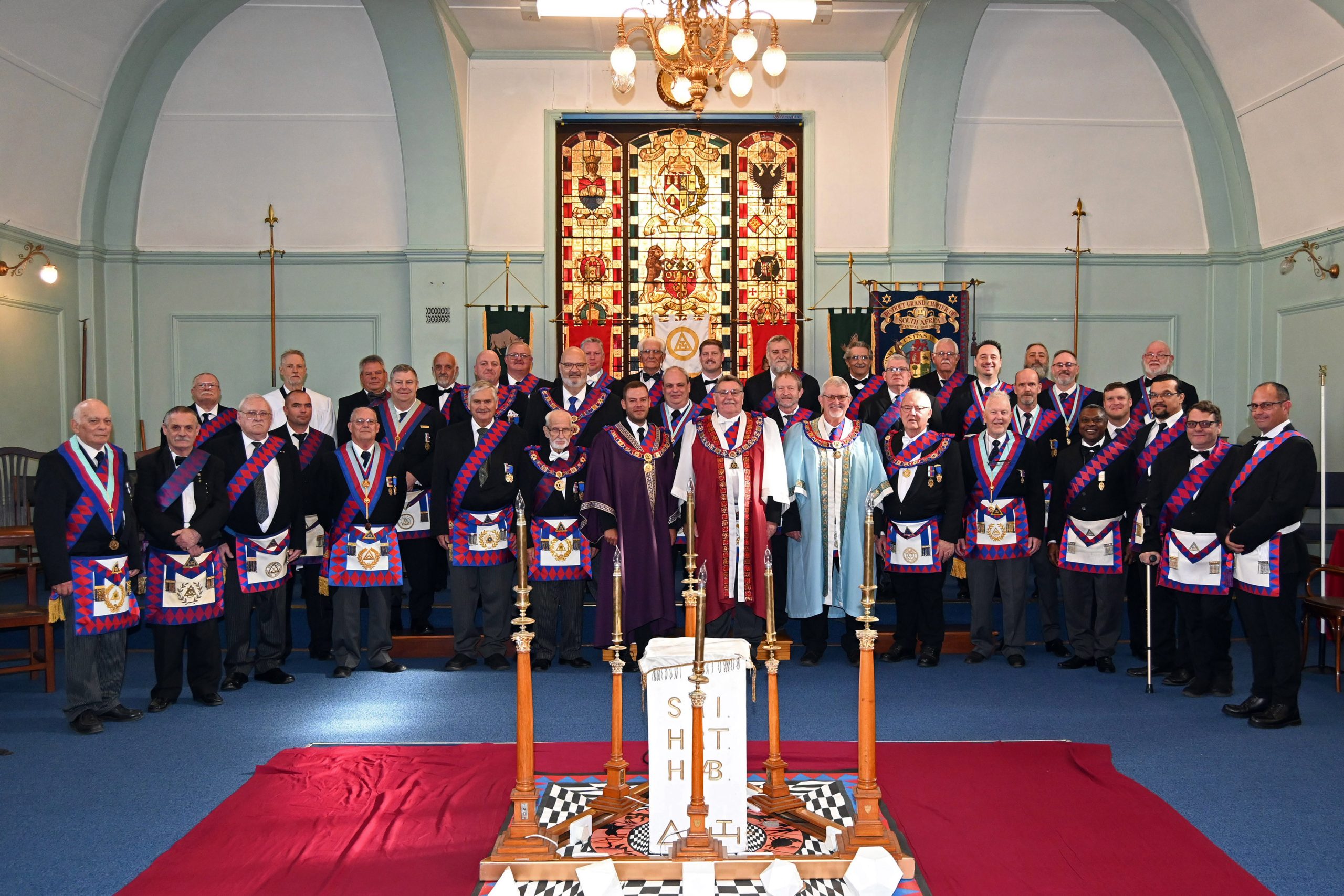
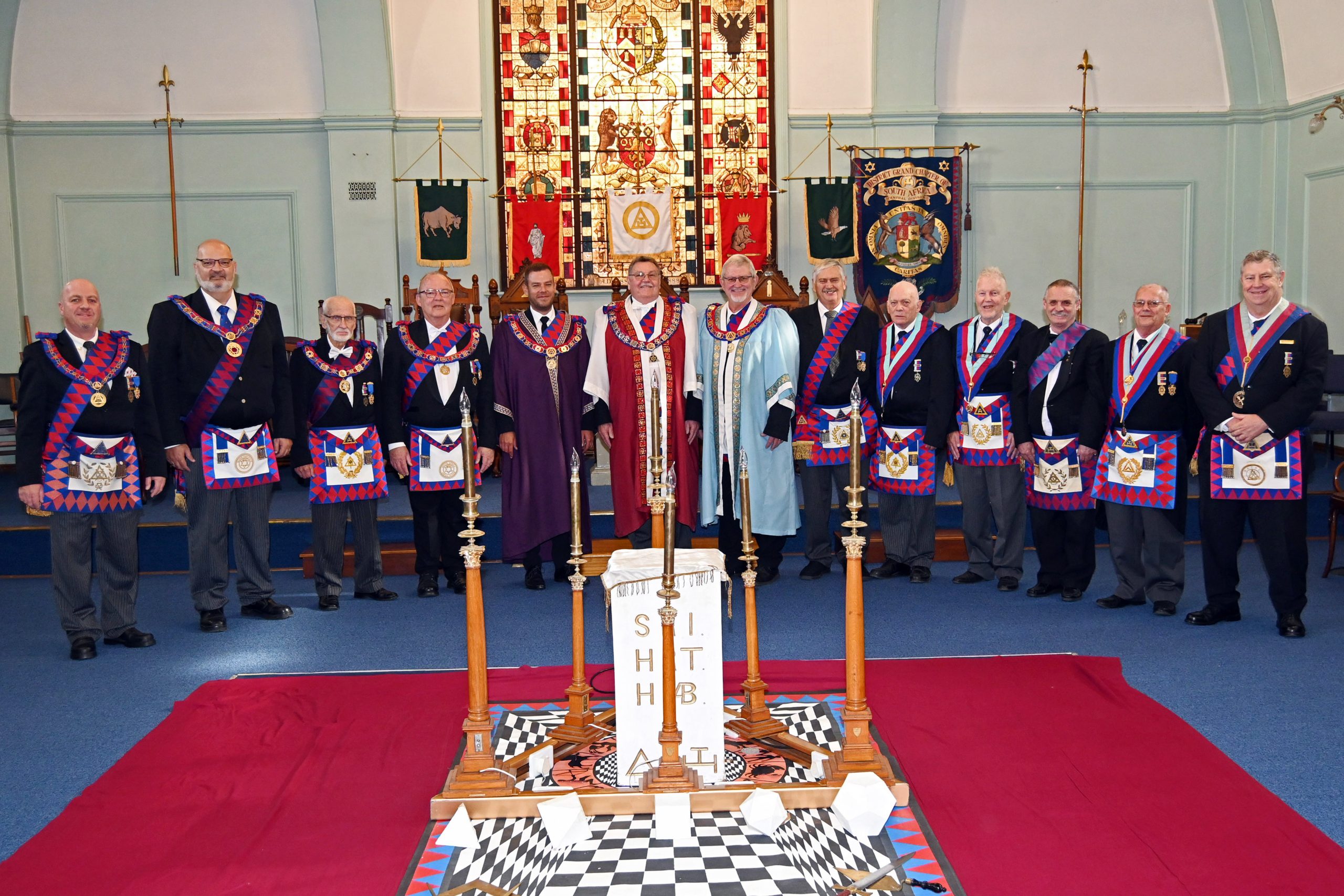
The discovery of diamonds in 1867 in the district of Hope Town attracted thousands of fortune – hunters into Griqualand West. Three years later diamonds were found in the area between the Orange River and Vall River where the city of Kimberley was to rise as a result of the diamond rush. Within a few years some 45,000 sought fortunes at the diggings which became a concentration of population second only to Cape Town.
A year after the diamond rush began “Kimberley (had) two churches, a hospital, a theatre and probably as many grogshops as the rest of South Africa put together”, writes De Kiewiet. The number of whites and blacks was reckoned at 50,000 – and among them were Freemasons attracted by the glittering fortunes hopefully to be had. They came from masonic lodges in the Cape and Natal, in many recorded cases depleting those lodges to the extent that some had to close. They came too from Australia, England, the United States, Scotland and Shangai, all attracted by the riches that lay below the soil. It was obvious that lodges would be formed among these diggers, diamond dealers, storekeepers, hoteliers, and others who hoped to glean some of the wealth.
The first English Constitution Lodge, Cosmopolitan, was formed and warranted by England on June 28, 1872 through the driving force of R.W.H. Giddy, new Resident Commissioner at De Beers New Rush or Colesberg Kopje, as the mining camp was known. It became Kimberley after the Earl of Kimberley, British Colonial Secretary at the time effected the annexation of the diamond fields on behalf of Britain in 1873.
Giddy, an ardent Freemason, organised the first meetingof Cosmopolitan on July 1, 1872. That evening 10 candidates were initiated and the next day 12 more. In August a further 17 candidates were initiated, making the phenominal total of 39 in just over a month. The second English Lodge in Kimberley – The Richard Giddy Lodge met for the first time in 1875. Dutoitspan became the venue in 1879 for the third, the Charles Warren Lodge named after Sir Charles Warren, British officer and archaelogist.
The Netherlandic Constitution set up its first lodge – Peace and Harmony – in the Diamond Fields in 1873. A meeting was convened at the Court house, Dutoitspan on April 20, 1873. Attending were diggers, merchants, accountants and professional men. Sir Cristoffel Brand, Deputy District Grand Master of the Netherlandic Constitution in Southern Africa, grated a provisional warrant to enable them to start working on St. Johns Day, June 24, 1873. By 1878, Peace and Harmony had swelled its numbers to 103 from the original 30.
Discover the diverse Masonic Orders and their unique contributions to Freemasonry. Learn about the various bodies that complement the craft and strengthen the bonds of brotherhood, each with its own traditions, rituals, and charitable efforts.
